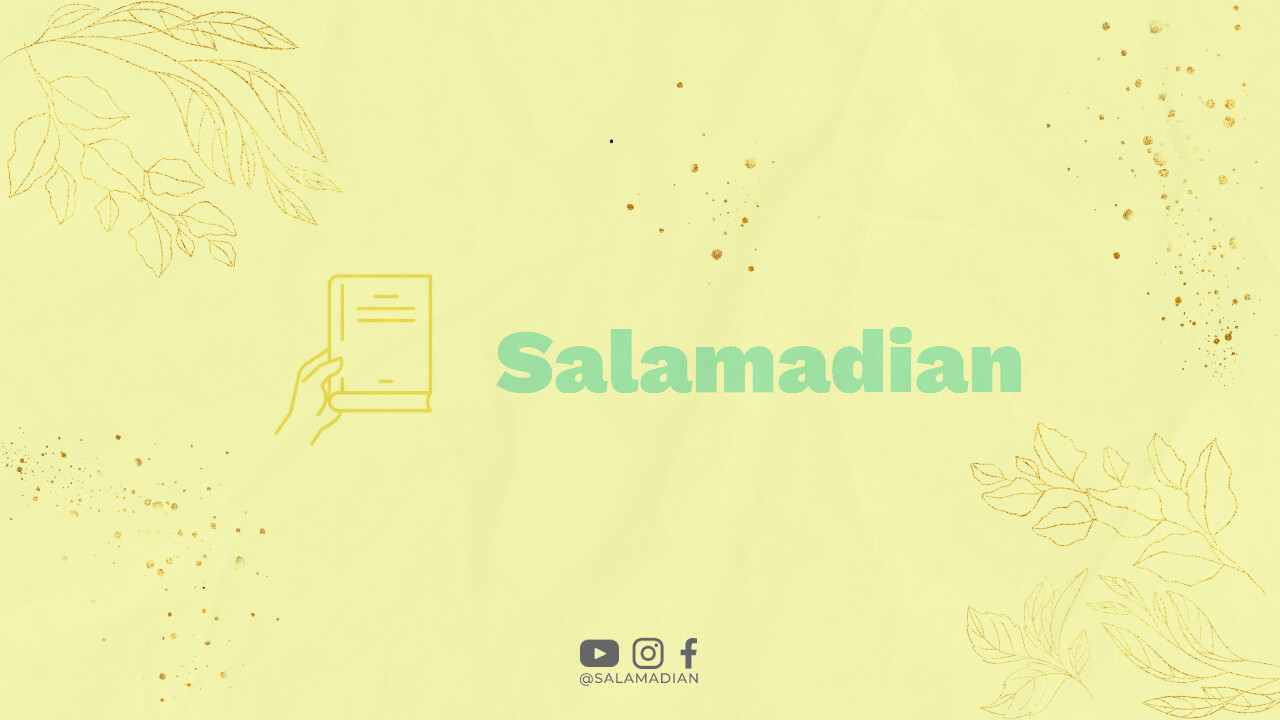When it comes to buying a home, most people need a mortgage to finance their purchase. Home mortgage lending is the process of borrowing money from a lender to buy a house and paying it back over time. If you’re considering getting a mortgage, there are a few things you need to know to make an informed decision. In this article, we’ll cover everything you need to know about home mortgage lending.
The Basics of Home Mortgage Lending
A mortgage is a loan that is used to purchase a home. Most mortgages have a term of 15 to 30 years, and the interest rate on the loan is usually fixed or adjustable. Fixed-rate mortgages have the same interest rate for the entire term of the loan, while adjustable-rate mortgages have an interest rate that changes over time.
When you apply for a mortgage, the lender will consider your credit score, income, debt-to-income ratio, and other factors to determine whether you qualify for the loan and what interest rate you’ll pay. The lender will also require you to make a down payment, which is a percentage of the purchase price of the home.
Types of Mortgages
There are several types of mortgages to choose from, including conventional loans, FHA loans, VA loans, and USDA loans. Conventional loans are not insured or guaranteed by the government and typically require a higher credit score and down payment than government-backed loans. FHA loans are insured by the Federal Housing Administration, and VA loans are guaranteed by the Department of Veterans Affairs. USDA loans are designed for low- to moderate-income borrowers in rural areas.
It’s important to consider the pros and cons of each type of mortgage before choosing the one that’s right for you.
Choosing a Lender
There are many lenders that offer home mortgage loans, including banks, credit unions, and online lenders. When choosing a lender, it’s important to shop around and compare rates and fees. You’ll also want to consider the lender’s reputation, customer service, and loan options.
A good way to find a reputable lender is to ask for recommendations from friends, family, or a trusted real estate agent.
The Mortgage Process
The mortgage process can be complex and time-consuming, but it’s important to understand each step to ensure a smooth transaction. Here are the basic steps of the mortgage process:
- Pre-approval: Before you start house hunting, you’ll want to get pre-approved for a mortgage. This involves submitting an application and providing documentation of your income, assets, and debts. The lender will then give you a pre-approval letter that outlines the amount you’re qualified to borrow.
- House hunting: Once you have your pre-approval letter, you can start looking for homes within your budget. When you find a home you’re interested in, you’ll make an offer to buy it.
- Processing: If your offer is accepted, the lender will start processing your loan. This involves verifying your income, employment, and other financial information.
- Underwriting: After processing, the lender will send your loan application to an underwriter, who will review the information and make a decision about whether to approve your loan.
- Closing: If your loan is approved, you’ll go to closing, where you’ll sign all the necessary paperwork and pay any closing costs.
The Costs of Home Mortgage Lending
Getting a mortgage involves more than just paying back the loan. There are several costs associated with home mortgage lending, including:
- Interest: This is the cost of borrowing money and is usually expressed as an annual percentage rate (APR).
- Points: Points are fees paid to the lender to reduce the interest rate on your loan.
- Origination fees: These are fees charged by the lender to process your loan application.
- Closing costs: These are fees associated with closing the loan, such as title insurance, appraisal fees, and attorney fees.
It’s important to factor in all of these costs when determining how much you can afford to borrow.
Refinancing Your Mortgage
If you already have a mortgage, you may be able to refinance it to get a lower interest rate or better loan terms. Refinancing involves taking out a new mortgage to pay off your existing one.
When considering refinancing, it’s important to weigh the costs and benefits. Refinancing can save you money in the long run, but it also involves closing costs and other fees.
The Benefits of Homeownership
While home mortgage lending can be a complex process, owning a home comes with many benefits, including:
- Building equity: As you pay down your mortgage, you build equity in your home, which can be used as collateral for future loans or as a source of retirement income.
- Tax benefits: Homeowners may be able to deduct mortgage interest and property taxes on their federal income taxes.
- Stability: Owning a home provides stability and security for you and your family.
In Conclusion
Home mortgage lending is a complex process, but understanding the basics can help you make an informed decision about whether to buy a home and what type of mortgage to choose. By working with a reputable lender and weighing the costs and benefits, you can achieve the dream of homeownership and enjoy the many benefits that come with it.

